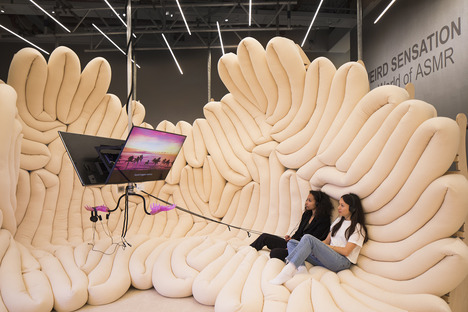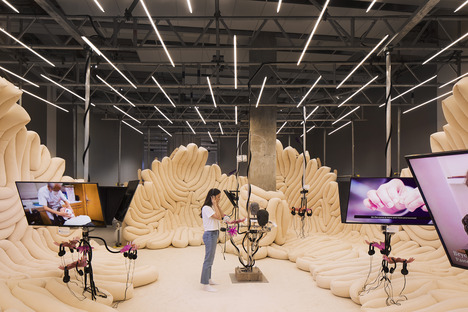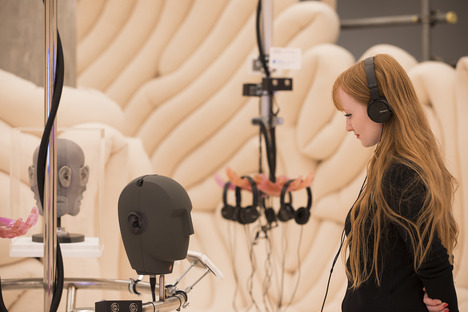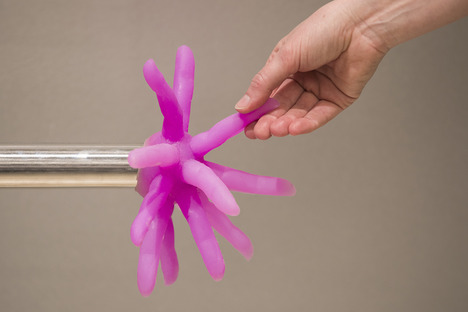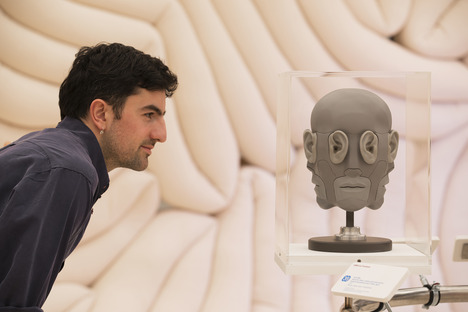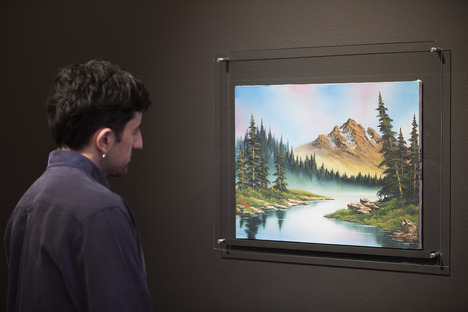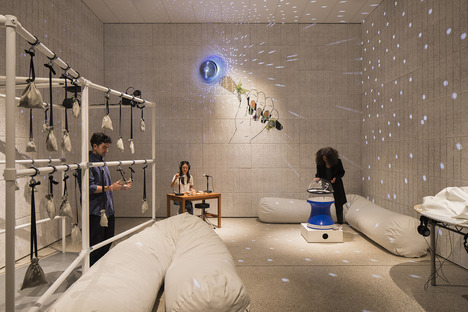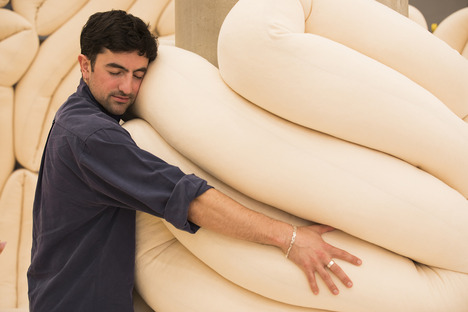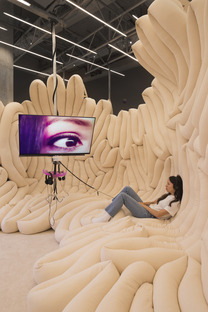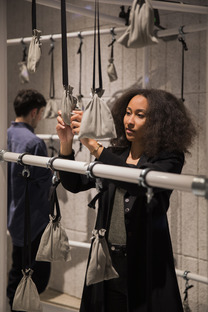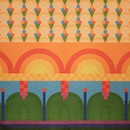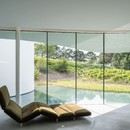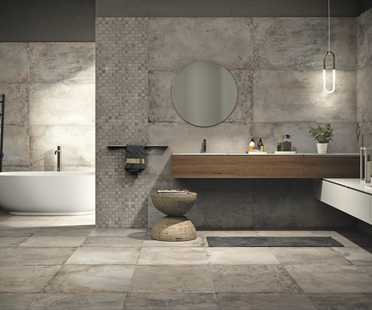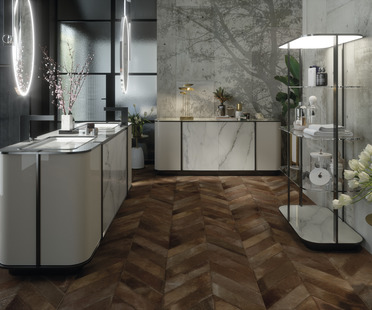26-12-2022
London’s Design Museum offers a new exhibition about ASMR: the world of oddly pleasant sensations
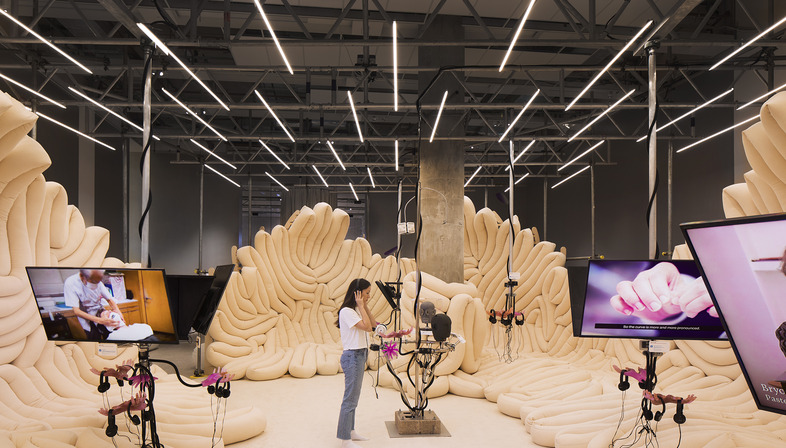
Until 10 April 2023, visitors can explore a new exhibition at the Design Museum in London with a rather original title, namely: ‘Weird Sensation Feels Good: The World of ASMR’. Coined in 2010 by Jennifer Allen, the term ASMR (which stands for Autonomous Sensory Meridian Response) refers to an often sedating sensation of relaxation that originates in the scalp before spreading to the rest of the body. This global phenomenon, which now has millions of devotees worldwide, formed around the creation of digital and audiovisual content capable of triggering the unique feeling. The gentle gliding of pen on paper, a brush running smoothly through hair, breathy sighs with no secrets to reveal: these and more are the source of a thrill of pleasure for simple sensations that we have all felt.
In light of this novel phenomenon, ‘Weird Sensation Feels Good’, created in collaboration with ArkDes and the Swedish Centre for Architecture and Design, investigates the world of multimedia production around ASMR and how it interacts with contemporary society and design. The curator of the exhibition, James Taylor-Foster, shared his thoughts on this burgeoning online subculture in an interview with StirWorld. He explains how it is of great interest to the sphere of contemporary design, allowing it to “help create the space in which we can reflect a little bit on the ways we are living and understand where we are going”. The curator goes on to observe: “We are squishy beings moving through a world that’s full of sharp objects… ASMR allows us to acknowledge that we are sensory beings,” using softness, slowness and gentleness to subvert man’s relationship with the hard, fast, technological products that we are wont to create. According to Taylor-Foster, ASMR “is a field of design that mediates between mind and body, and emphasises how mind and body are not disconnected. We are one sensory being and ASMR helps us understand that in a context”.
So-called ‘ASMRtists’ - i.e. the people who create ASMR content - draw upon a wide array of props from everyday life for their work, such as pens and brushes, soap, water, beads, glue and much more. What triggers ASMR is their interaction with these objects and the feelings that these interactions evoke. One could therefore say that ASMR is deeply rooted in material culture, in the duality of subject and object that designers seek to mediate and negotiate.
In coming to appreciate the nature of ASMR, visitors make their way through a rich and varied exhibition that introduces them to forty works and installations created by a diverse selection of figures, from Björk to TV presenter Bob Ross, from performance artist Tobias Bradford - who has created a tongue that can exude saliva - to a prototype of (artificial) human skin for smartphones by designer Marc Teyssier.
The exhibition then goes on to offer content from popular YouTubers who have gone viral, such as HidaMari Cooking, Shu and Tree, and The Slow Mo Guys. What’s more, artist and researcher Julie Rose Bower has set up a sound design studio where visitors can listen to an array of unique sounds in ultra-high definition, including a coin falling down a well, footsteps in the snow, or echoing voices in a cave. And that’s not all: visitors can even create their own ASMR audio tracks.
In conclusion, ‘Weird Sensation Feels Good: The World of ASMR’ posits that ASMR is an instinctive impulse, a form of meditation that can serve as an escape from the hustle and bustle of modern life, a global, online, social phenomenon, and an interesting topic of study for designers from a variety of disciplines. Above all, ASMR is a moment of intimacy with ourselves, yielded through the actions of someone else. Ultimately an empathetic - and, as the title suggests, ‘weird’ - phenomenon, but one that makes us feel good. Just like the room scattered with brain-shaped cushions that awaits you at the Design Museum - but only until 10 April 2023.
Francesco Cibati
https://designmuseum.org/
Curated by: James Taylor-Foster
Assistant Curator: Esme Hawes
Exhibition 3D Design: ĒTER (Dagnija Smilga, Kārlis Bērziņš, Niklāvs Paegle)
Exhibition 2D Design: Agga Mette Stage and Alexander Sӧder
Pictures: Ed Reeve for The Design Museum










